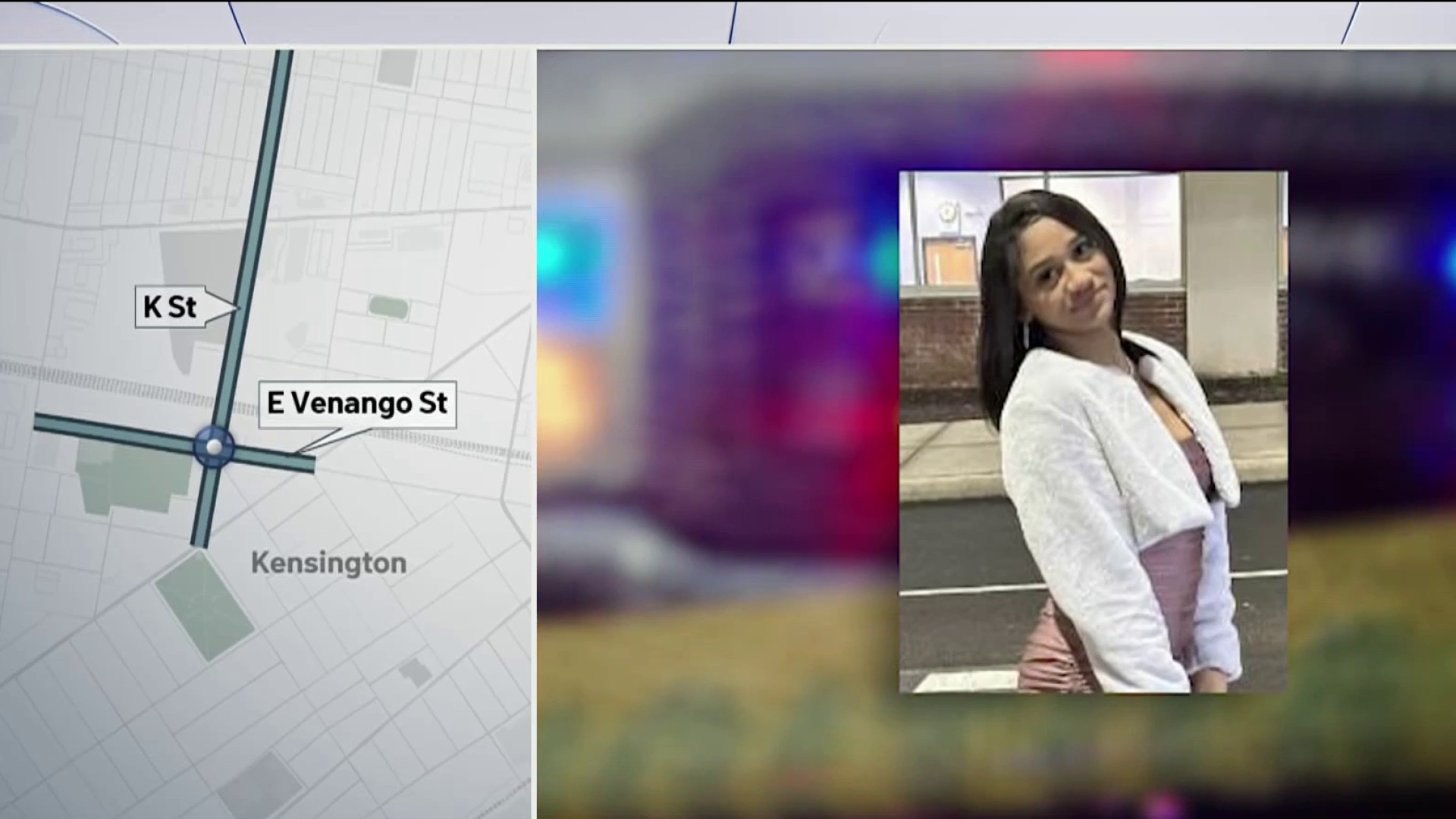Growing population. Most jobs in a quarter century. Still-rising home sales and residential construction.
That's the good news for Philadelphia.
The bad news: Most overdose deaths in the country. An uptick in murders. Poorest big city in America -- still.
Those are the findings of the 2018 State of the City report, which is published annually by the non-profit Pew Charitable Trusts, and they have proven tough to shake.
The trends on both sides of the ledger are not new. The city's economic recovery from the Great Recession a decade ago continues, but so do the scary statistics illustrating how profound the poverty in Philadelphia is, the report found.
"These economic, social, and demographic data tell us that in 2018, Philadelphia has many reasons to be proud of its recent performance — and not just on the football field," the report released Thursday said. "But the numbers also indicate that the city faces a set of fundamental challenges, some old and some new, that are reason for deep concern."
A growth in jobs, which pushed the city's total to its highest level since 1991, did not necessarily correspond to higher wages. Nearly 45 percent of households earn $35,000 or less annually, according to the report.
Local
Breaking news and the stories that matter to your neighborhood.
The poverty rate, as a whole, stood stagnant at 26 percent, more than double the national average.
That rate is highest among Hispanic Philadelphians - 38 percent - followed closely by black residents at 31 percent and 23 percent for Asian residents.
The grim data grows even worse considering nearly half of the 400,000 poor people are actually living in "deep poverty," the report said. That is defined as an adult with two children living on an income of less than 10,000.
Other key findings include:
- Unemployment fell from 6.8 percent to 6.2 percent. Jobs were added at a faster rate than the nation as a whole
- 29 percent of adult residents graduated from a four-year college
- The median household income was $41,449
- 52 percent of adults are unmarried
- The city’s population grew for the 11th straight year
- 1,200 people died of drug overdoses, more than any other city in America
- Philadelphia had the largest percentage of residents living in deep poverty of any large city in the country.
"Population growth has largely been fueled by an influx of immigrants, whose presence has increased steadily over the past 25 years," the report said. "They accounted for nearly 15 percent of the city head count in the most recent census, the greatest share since 1940."
To read the entire report, including charts providing historical context for numerous sectors of the city, go to Pew's State of the City page linked here.



